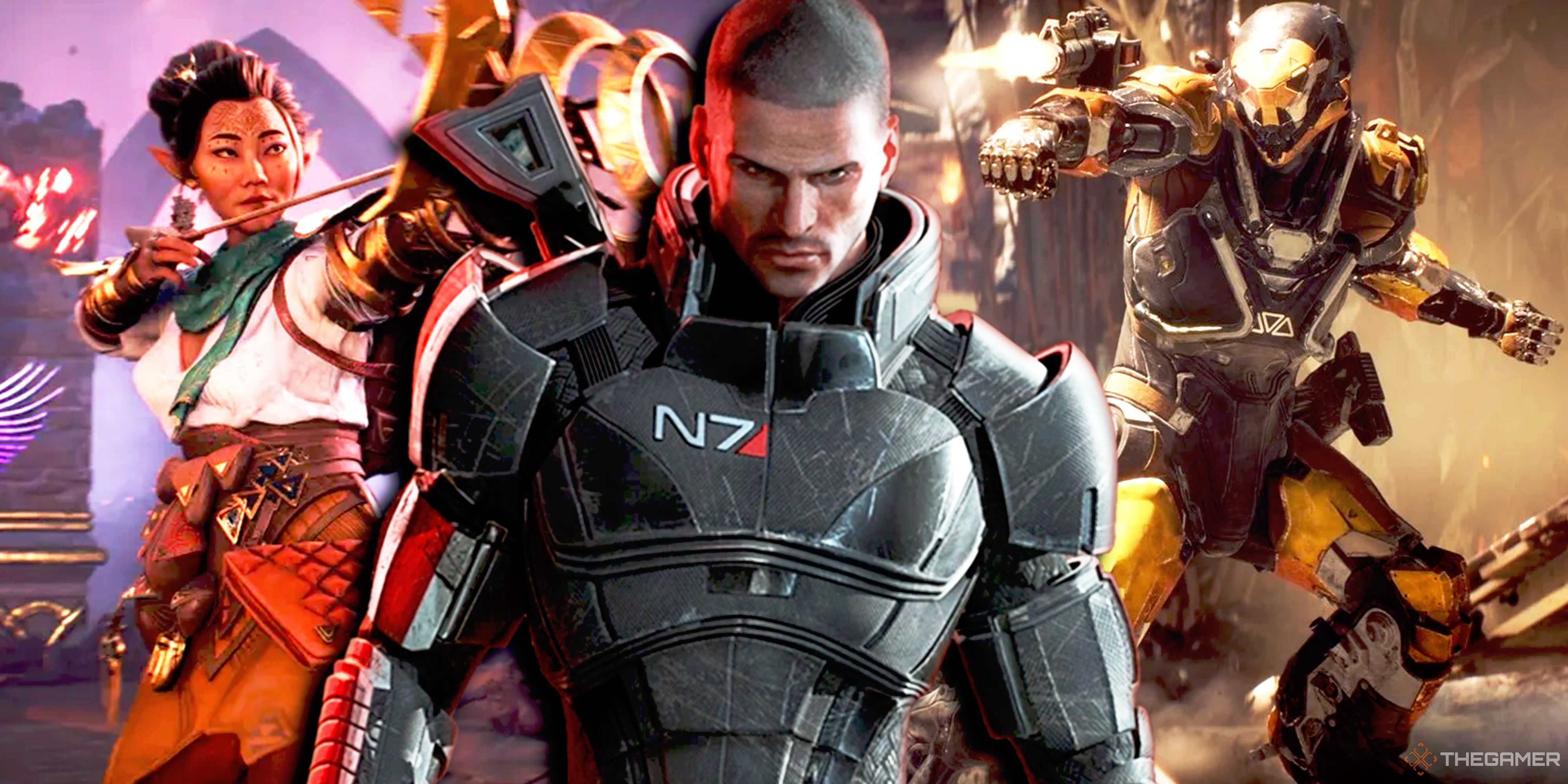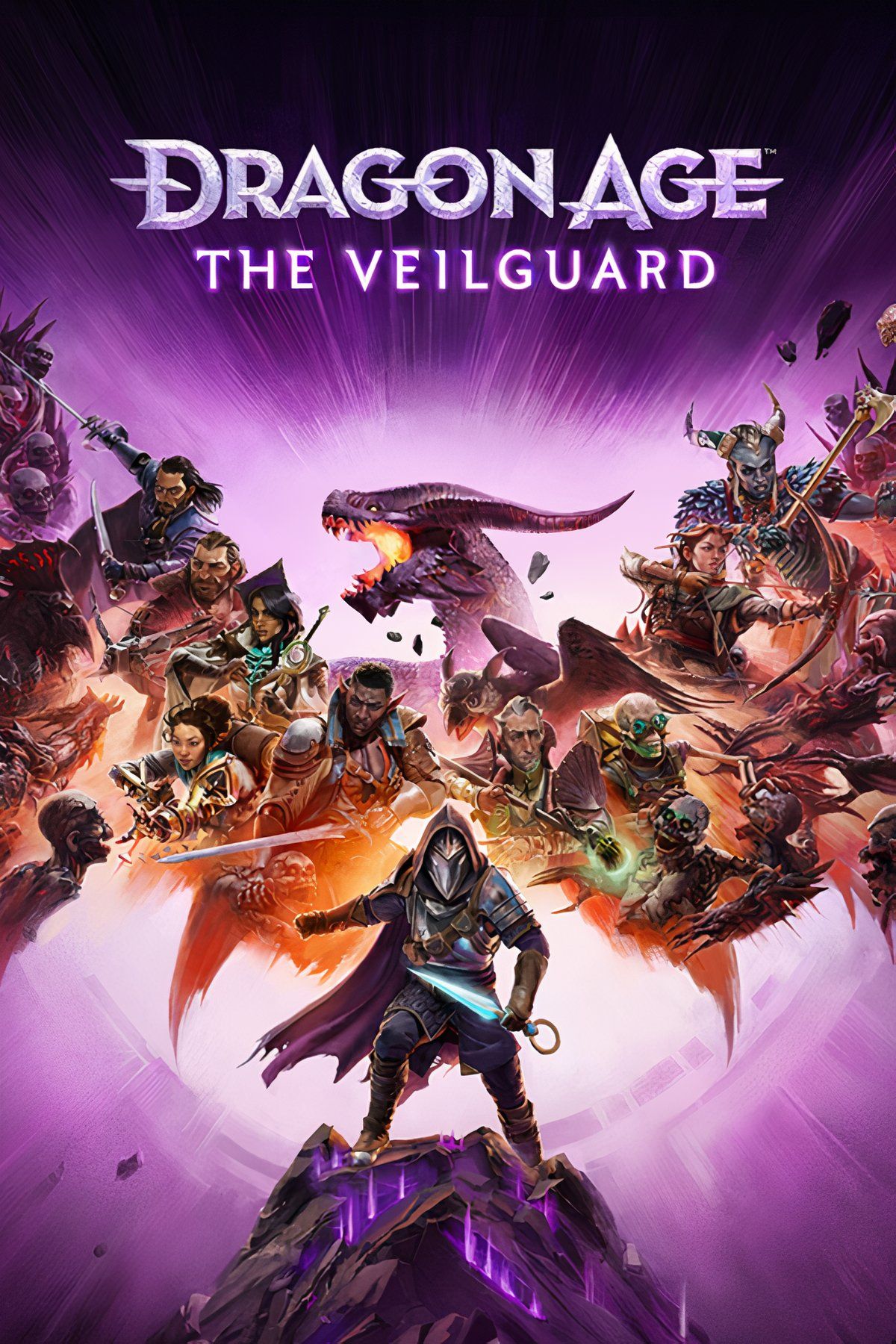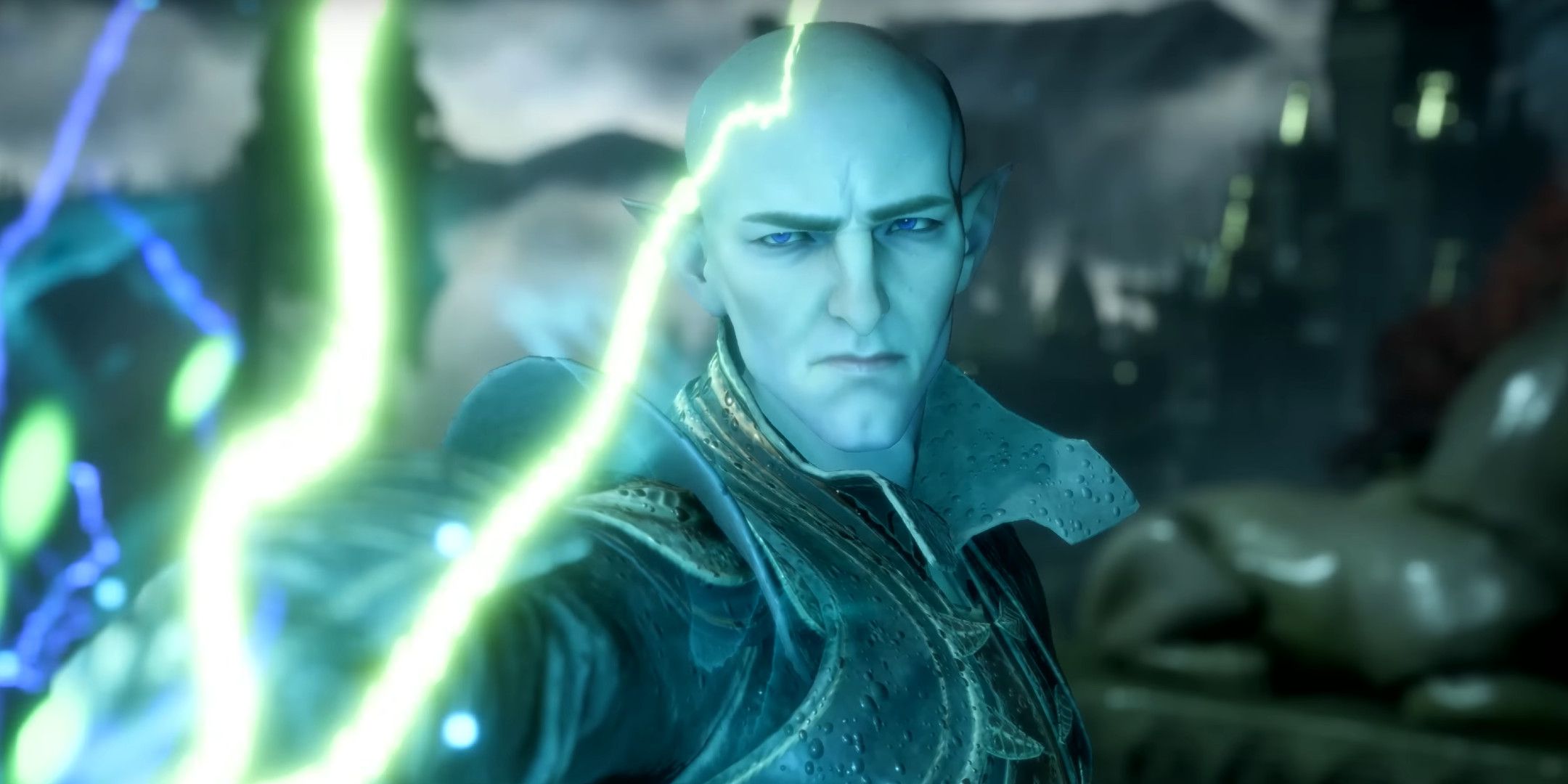Summary
- Longtime BioWare lead Mark Darrah explains how the company has changed over the years.
- He says that the team used to be able to get more games out because it kept growing, and always had a new project for devs to jump onto.
- Now, he says it can only sustain one large project at a time, and that Mass Effect 5 “ceased to exist” while Dragon Age: The Veilguard was in its final push.
If you’re a BioWare fan, you’ve undoubtedly noticed that the studio doesn’t launch games like it used to. This is not exclusive to BioWare, of course, as across the industry, development times and budgets and ballooned.
However, there might be some BioWare-specific issues that have resulted in the team only being able to develop one game at a time. Mark Darrah, who worked at the studio from 1997 to 2020, sheds some light on when the issues started to come up, and why BioWare went from shipping the first three Mass Effect and Dragon Age games back to back to spending years getting just one sequel out the door.
Mark Darrah Explains Why BioWare Works On Fewer Projects Now
He also says that Mass Effect 5 is BioWare’s only focus, but it isn’t quite ready for the entire team to work on it just yet
In the video, Darrah shows a graph that details five different phases at BioWare: Grow, Consume, Sustain, Contract, and the one we’re in right now, One Project. The Grow period was when BioWare had its most projects at once, like Baldur’s Gate, Neverwinter Nights, Jade Empire, and the first two Mass Effect and Dragon Age instalments.
Then, BioWare honed in on Mass Effect and Dragon Age, but was still able to ship games fairly quickly. However, Darrah says this was done by “burning up the extra fat” in the studio since these projects were just “consuming” from the others that were left behind.

Related
BioWare Should Just Make An Action Game Already
Veilguard shows that combat is BioWare’s strong suit.
He says that the “cracks start to show” around Dragon Age: Inquisition, which is when the studio realised that it can’t ship a game every year. At this point, Inquisition, Mass Effect: Andromeda, and Anthem became so large that they were competing for resources. He says this is also why we don’t see much DLC during this period – developers need to move on to the next game, something we’re seeing now with Dragon Age: The Veilguard.
Darrah explains how this came about. “First of all, projects were getting more expensive, the cost of resources was going up, so you needed more people, more time to make an individual asset,” he explains. “But also we’d essentially burned off all of the reserves that had existed from that Grow phase.
“In 2013 [and] 2014 we see Anthem being starved out by Dragon Age and Andromeda – Andromeda, in part, being somewhat starved out by Dragon Age as well,” he continues. He says that after Inquisition launched, project leaders were moved to different IPs, as he leads a team on Andromeda. In the past, it seems more likely that he would have been on DLC or another Dragon Age game.
Darrah says this has only increased in recent years, and that Mass Effect 5 “ceased to exist” while BioWare focussed all of its attention on The Veilguard. “In arguably the most slow and painful way possible, BioWare is figuring out that it simply can’t do more than one project at a time anymore,” he explains.
As a result of all of this, Darrah says that Mass Effect 5 is the only project BioWare has in development right now. And yet, because progress had to pretty much completely cease for The Veilguard, it isn’t in a place for 200+ devs to work on, so they will be moved around EA. Fans have started to notice this, with at least a couple of Dragon Age writers working on EA’s Iron Man game.
With that in mind, we might be in for a big wait for Mass Effect 5. But at the very least, with no DLC for The Veilguard getting in the way, it will be the studio’s focus.

Dragon Age: The Veilguard is the long-awaited fourth game in the fantasy RPG series from BioWare formerly known as Dragon Age: Dreadwolf. A direct sequel to Inquisition, it focuses on red lyrium and Solas, the aforementioned Dread Wolf.


